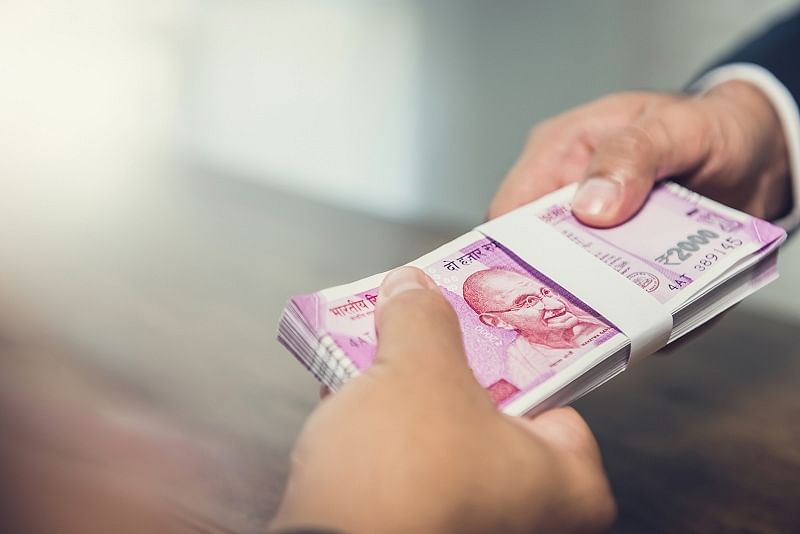Come April 2020, India will be stepping into a new financial year. Post-GST implementation, allocation from the Centre to the states has become very crucial.
The Finance Commission (FC) recommends sharing and facilitates transfer of funds between the Central and state governments. Its recommendations are valid for a period of five years.
The FC also lays down rules by which the Centre should provide grants-in-aid to states out of the Consolidated Fund of India. In addition, it is also mandated to suggest measures to augment the resources of states and local self-governments like panchayats and municipalities. The 15th FC (2021-26) also happens to be the first attempt in devolution in the absence of Planning Commission and after major structural tax changes like GST.
Its terms of references suggested the FC to propose measurable performance-based incentives depending on the achievements of the states in implementing flagship schemes of the Government of India such as disaster resilient infrastructure, Sustainable Development Goals (SDGs) etc, and also to incorporate them appropriately into the mechanism of sharing resources.
Therefore, the performance of the states in the realisation of various SDGs may play an influencing role in the years to come in determining the state’s share and allocation from the Central government. Allocations are vital for the states as they are heavily dependent on these disbursals, for example, towards irrigation subsidy (around Rs 17,500 crore), fertilizer subsidy (about Rs 69,198 crore) and crop insurance subsidy (about Rs 6,500 crore).
In this context, it is highly desirable for the states to leverage the relevant measures that have been implemented by them in the domain of SDGs for allocation of additional grants from the Centre. Adoption of 17 SDGs by the UN General Assembly is the world community’s answer to developmental challenges and they can be grouped into three major groups - social, economic and environmental.
Nationally, NITI Aayog has been entrusted with the responsibility of realisation of SDGs. It has evolved SDG India Index, a composite index comprising of 62 indicators across 14 select SDGs.
In the farm sector, being the most important economic activity pan-India, there have been several initiatives implemented by all states from state funds itself. Some of those measures have registered significant progress and even were adopted later by other states, for instance, Bhoochetana/(Soil Enrichment Programme) of the Karnataka government.
State governments may consider making use of their efforts and investments in the developmental sector to seek better grant allocation. More than 60% of agriculture in Karnataka is under rainfed conditions, it contributes to 44% of food production and include 87% of coarse cereals and pulses, 75% of oil seeds and 65% of cotton.
Entire north interior Karnataka region is prone to drought and has low Human Development Index. Karnataka has introduced the Bhoochetana programme with the goal to make a difference in the lives of farmers by increasing average crop productivity by 20% in four years.
For deciding proper course of action, diagnostic soil sampling of over 96,000 farmers’ fields in 30 districts was carried out and based on the results, micronutrients were made available at village panchayat levels.
The programme was initiated during 2009 and was implemented successfully in a phased manner covering all the 30 districts. Post-evaluation studies by NABARD and other agencies have indicated that besides additional income from higher crop production. This intervention has also resulted in several spinoffs - reduced fertilizer inputs, better soil health, reduction in cost of cultivation etc.
Soil Health Mission
Due to its potential, this programme was adopted by the Central government as Soil Health Mission and was implemented at the national level from 2014. This initiative presents a good opportunity for the state government to demand higher allocation of grants.
Similarly, the Organic Mission implemented by the government of Sikkim. Farming is carried out in only 20% area in the state as majority of area is under forest, permanent pastures and culturable waste categories.
Due to mountainous terrain, irrigation is difficult and only rainfed cultivation is practiced. Traditionally in Sikkim, fertilizers use is minimal (5.8 kgs/ha) and soil is rich in organic carbon. However, agriculture remained low productivity.
Converting these shortcomings into advantages, Sikkim government has decided to go organic and to facilitate this, it brought a resolution in the State Assembly in 2003 for transforming the state into a “Total Organic State”.
These efforts bore fruit as the state was declared fully organic in January 2016. It also brought international accolades to the state. The UN Food and Agriculture Organisation commended this initiative of setting an example to the world and becoming first totally organic state. It was given Future Policy Gold Award in 2018.
Both the initiatives – Soil Enrichment, and Organic Mission - have contributed for progress in several of 64 Indicators developed by NITI Aayog and state governments should prepare themselves to showcase these advances and seek higher grant allocations under 15th Finance Commission.
